
The Internet of Things (IoT) has revolutionized industries by unlocking endless possibilities for innovation. At the core of every IoT system are the microcontrollers, which enable devices to communicate and process data. Among these, IoT microcontrollers have gained significant popularity due to their flexibility, low cost, and strong community support. This article explores the top open-source microcontrollers for IoT in 2025, highlighting key features, applications, and the best options for developers at every level.
Why Choose IoT Microcontrollers for Your Projects?
IoT microcontrollers offer several advantages, making them a popular choice among developers:
- Cost-Efficiency: Many IoT boards are open-source and free, significantly reducing product development costs.
- Customizability: Open-source iot microcontroller boards allow developers to modify both hardware and software, offering greater flexibility for specialized applications.
- Community Support: These boards benefit from active global communities, providing abundant resources such as tutorials, troubleshooting, and project ideas.
- Scalability: Designed to support a wide range of IoT applications, these microcontrollers can handle simple devices as well as complex, large-scale systems.
Top Open-Source Microcontrollers for IoT in 2025
Several IoT microcontrollers stand out for their features and suitability across various IoT applications in 2025, Here’s a comparison of them:
| Microcontroller | Key Features | Best For | Pros | Cons | Practical Applications |
|---|---|---|---|---|---|
| Arduino UNO | ATmega328P chip, large ecosystem, easy to use | Beginners, prototyping | Simple, well-documented, large community | Limited processing power | – Smart home devices – Basic IoT prototypes – Educational projects – Home automation |
| ESP32 | Dual-core CPU, Wi-Fi, Bluetooth, low power consumption | Advanced IoT, wearables | High performance, affordable, many I/O options | Power management can be tricky | – Smart agriculture – Wearable health devices – Home automation – Wireless sensor networks |
| Raspberry Pi Pico | RP2040 chip, GPIO pins, micro-USB | Embedded systems | Low cost, fast, simple setup | Limited connectivity | – Robotics – Simple IoT devices – Remote sensing – DIY electronics projects |
| STM32 | ARM Cortex-M, low power | Industrial IoT, automation | Powerful, versatile, scalable | Steeper learning curve | – Industrial automation – Automotive IoT – Robotics – Medical devices |
| Teensy 4.1 | ARM Cortex-M7 processor, high clock speed | Advanced IoT, audio | Extremely fast, high processing power | Higher price | – High-performance audio – Robotics – Data-intensive IoT applications – Audio-based IoT projects |
Practical Applications of IoT Microcontrollers
- Smart Agriculture (ESP32): The ESP32 enables wireless sensor networks for soil moisture monitoring and irrigation control.
- Wearable Health Devices (ESP32): Thanks to its built-in Bluetooth and low power requirements, the ESP32 is perfect for developing health monitoring devices.
- Home Automation (Arduino UNO): Ideal for beginners, the Arduino UNO is widely used in DIY home automation projects, such as controlling lights and security systems.
- Robotics (Raspberry Pi Pico): The Raspberry Pi Pico is commonly used in educational robotics and simple robotic devices, providing precise motor control.
- Industrial IoT (STM32): The STM32 is a preferred choice for industrial IoT applications, enabling automation and machinery monitoring.
See Smart Home Energy Management with ESP32 and Arduino
Arduino Cloud for IoT solutions
Choosing the Best IoT Microcontroller for Your Project
Selecting the right IoT microcontroller board depends on your project’s scope and your experience level:
- For Beginners: The Arduino UNO is ideal for those just starting, as it is simple to use and has an enormous support community. see 2025 Arduino Boards.
-
For Intermediate Users: The ESP32 offers a perfect balance of performance, connectivity, and cost, making it suitable for more complex projects.
- For Advanced Users: The STM32 and Teensy 4.1 are excellent choices for industrial-grade IoT systems, offering unmatched power and scalability.
Conclusion
The best IoT microcontrollers in 2025 include options like the Arduino UNO, ESP32, Raspberry Pi Pico, STM32, and Teensy 4.1. These IoT boards cater to various applications, from home automation and robotics to industrial IoT and wearables. Whether you’re a beginner or an experienced developer, there is a microcontroller suited to your needs. By selecting the right board, you’ll be on your way to building successful IoT projects and unlocking the full potential of your IoT microcontroller board.
FAQ
What is the best IoT microcontroller for beginners?
The Arduino UNO is the best IoT microcontroller for beginners, offering an easy programming environment and a large support community.
How do IoT boards support home automation projects?
Arduino UNO and ESP32 IoT boards are ideal for home automation, allowing control of lights, security systems, and smart appliances through simple coding.
Related Articles:
- IoT Heart Rate Monitoring with Arduino UNO
- Raspberry Pi vs Arduino: 4 Differences for Beginners
- Programmable Open Source Boards & Languages of 2025
- Latest Arduino Projects and Raspberry Pi Innovations for 2025
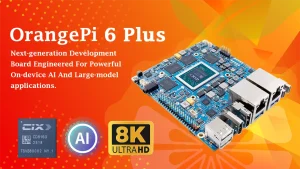
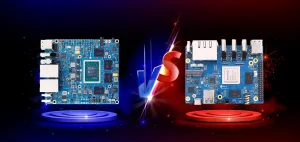
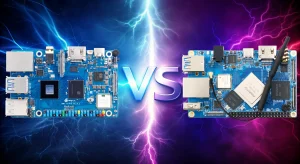
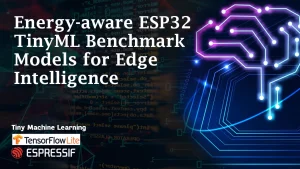
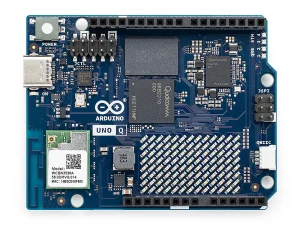
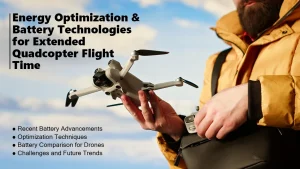
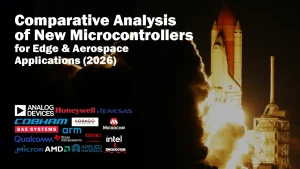
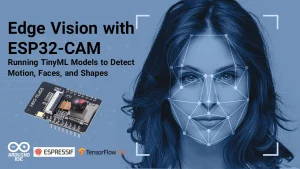
11 Responses